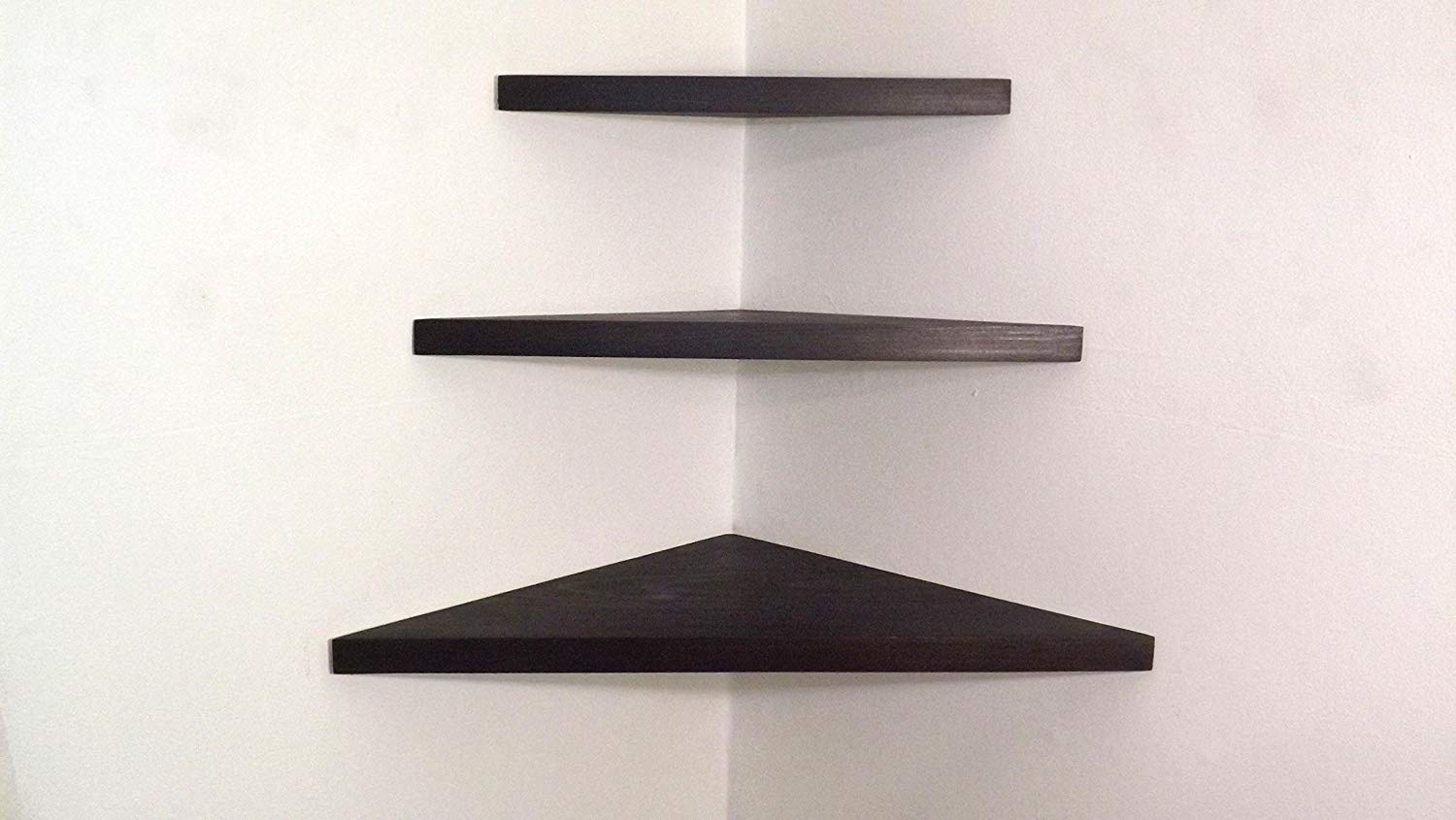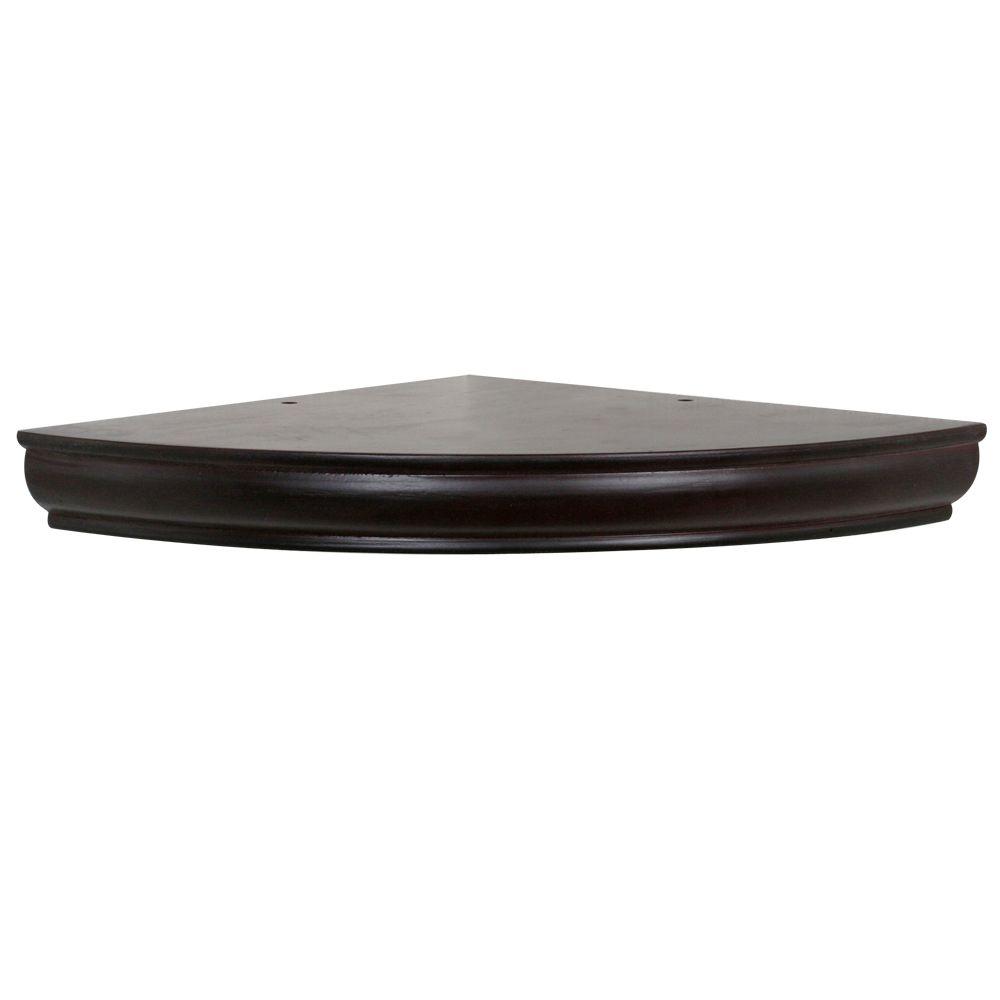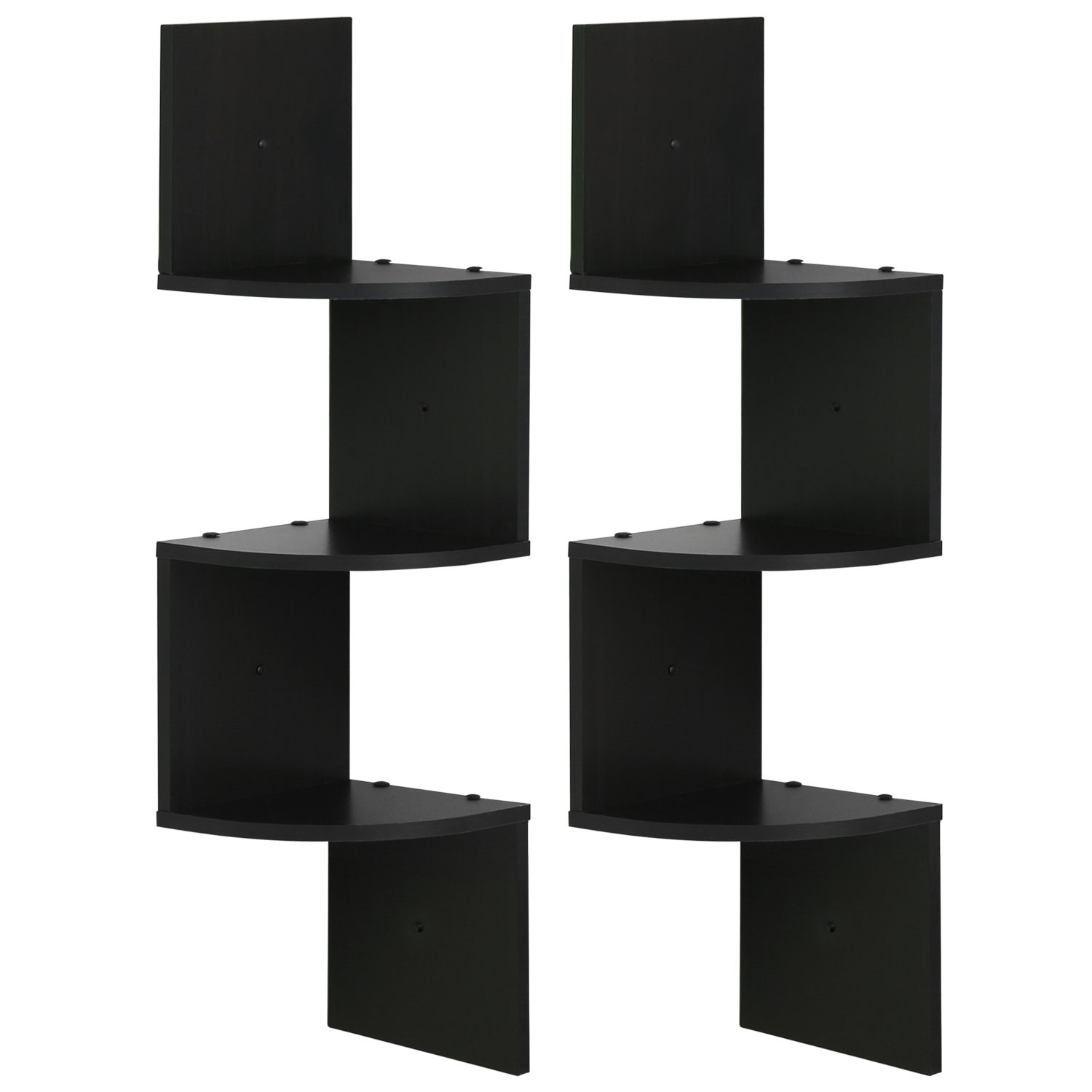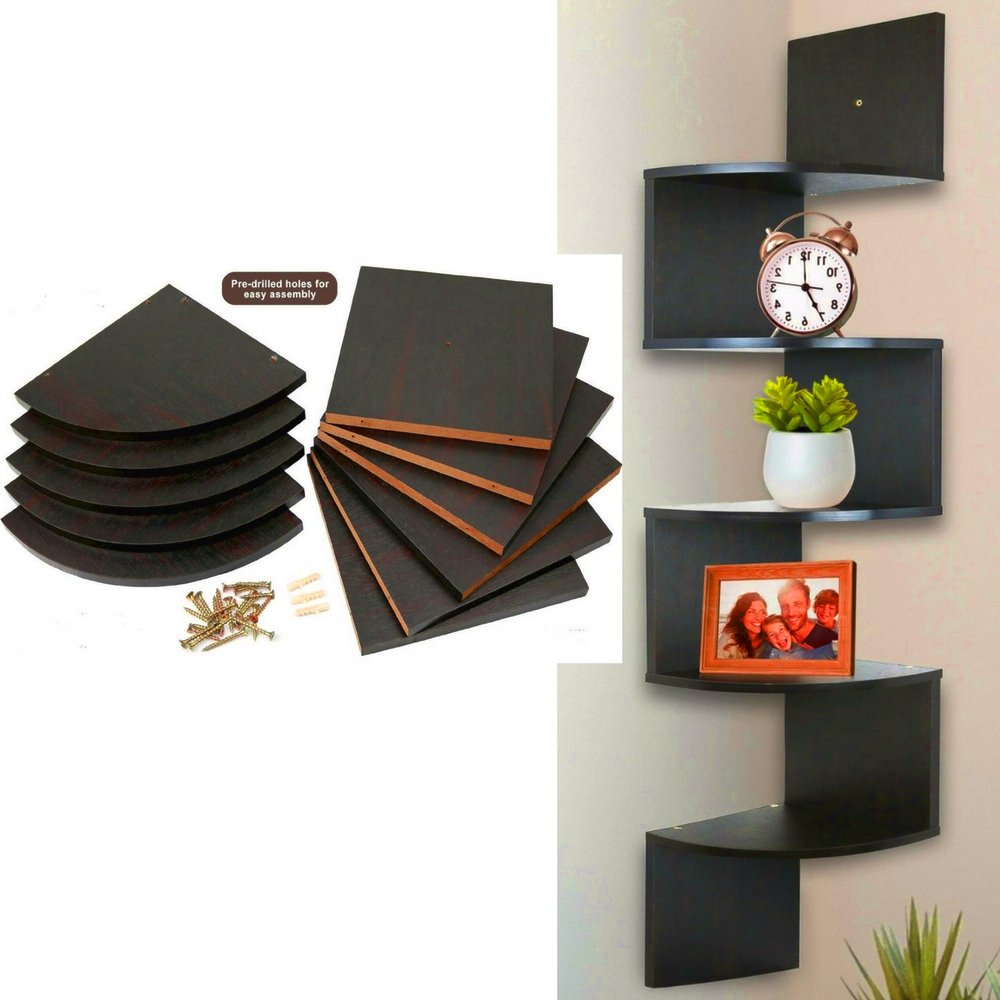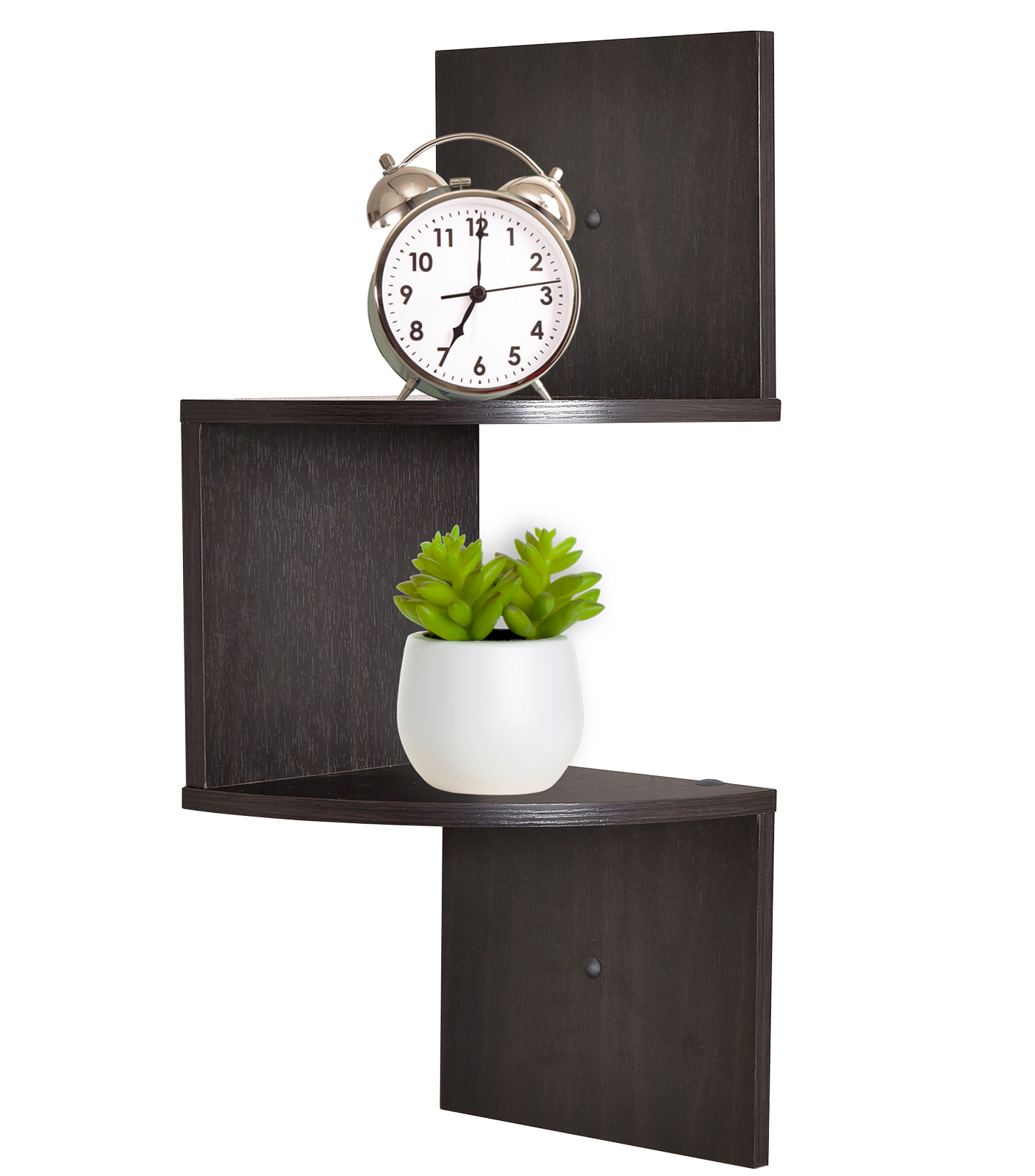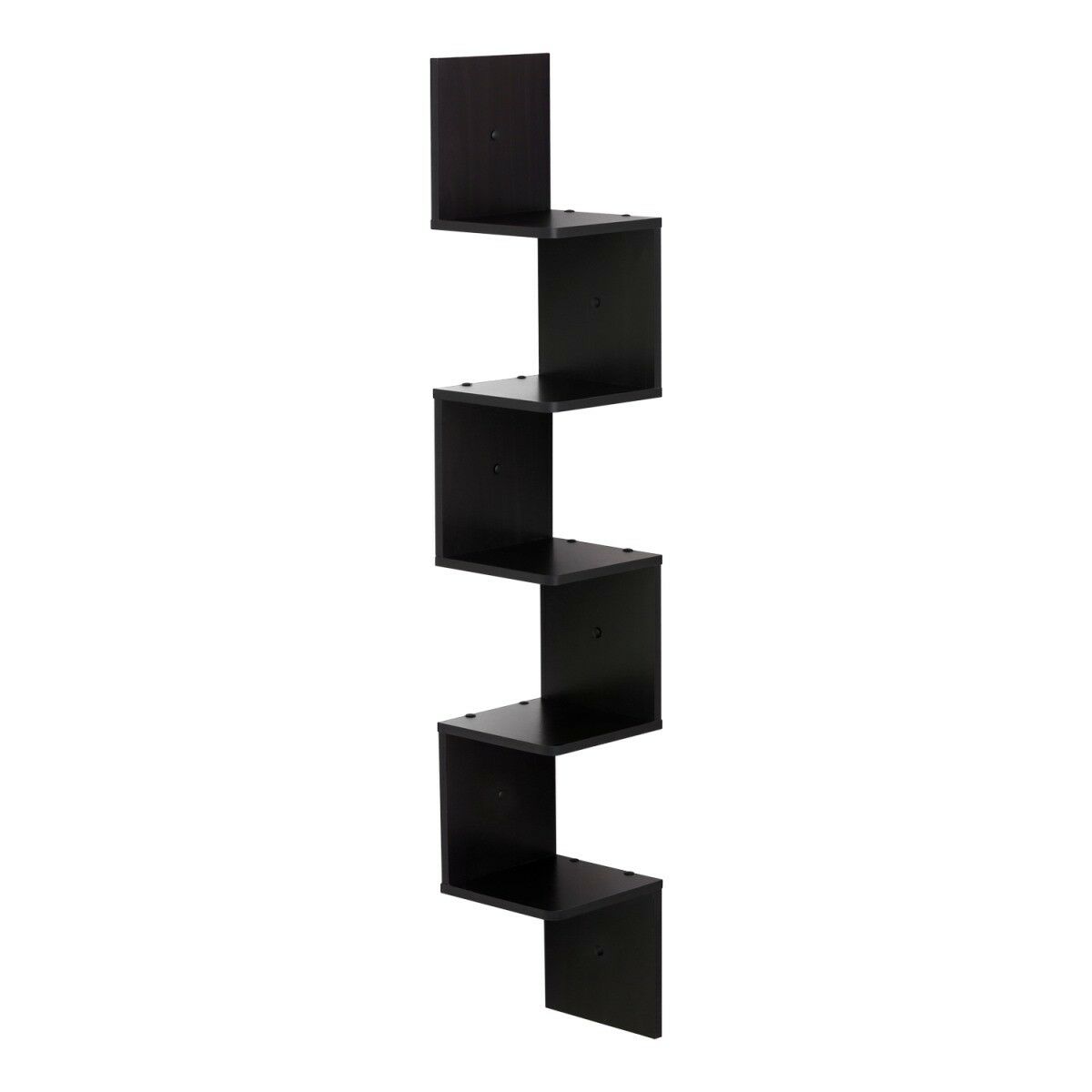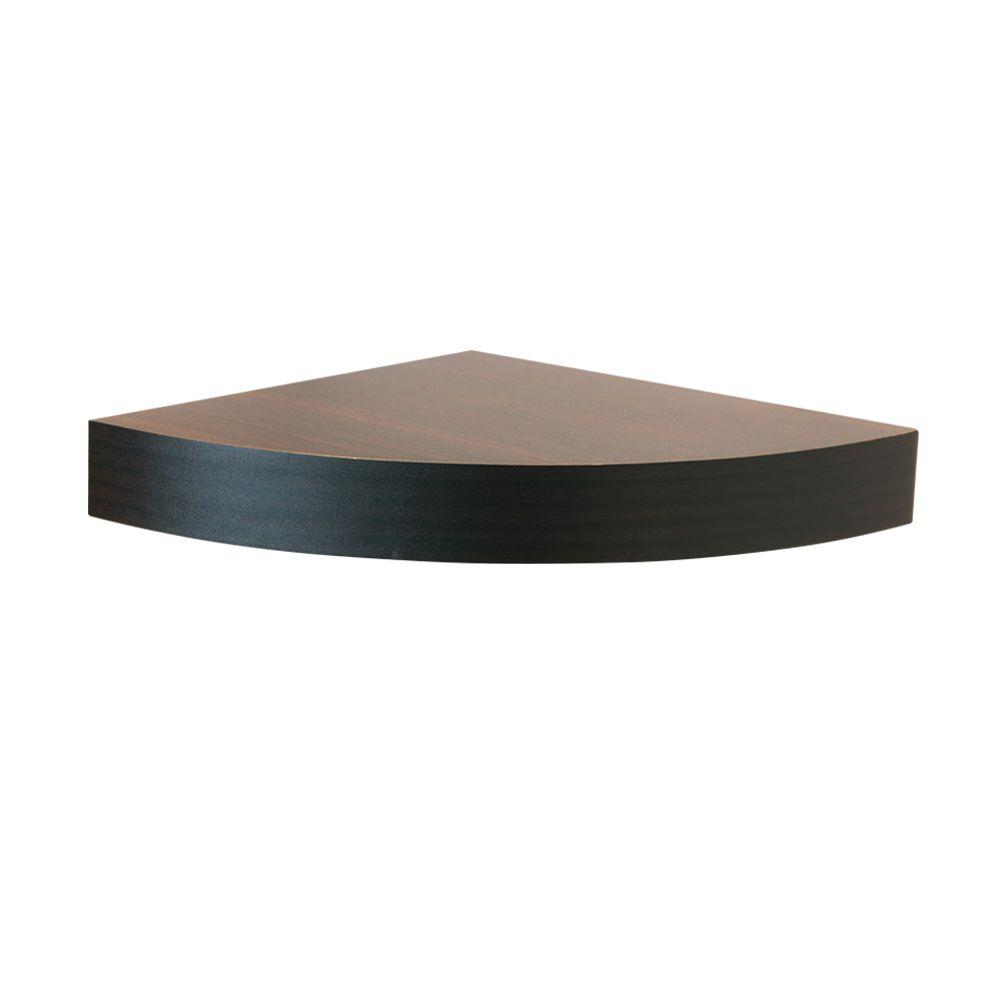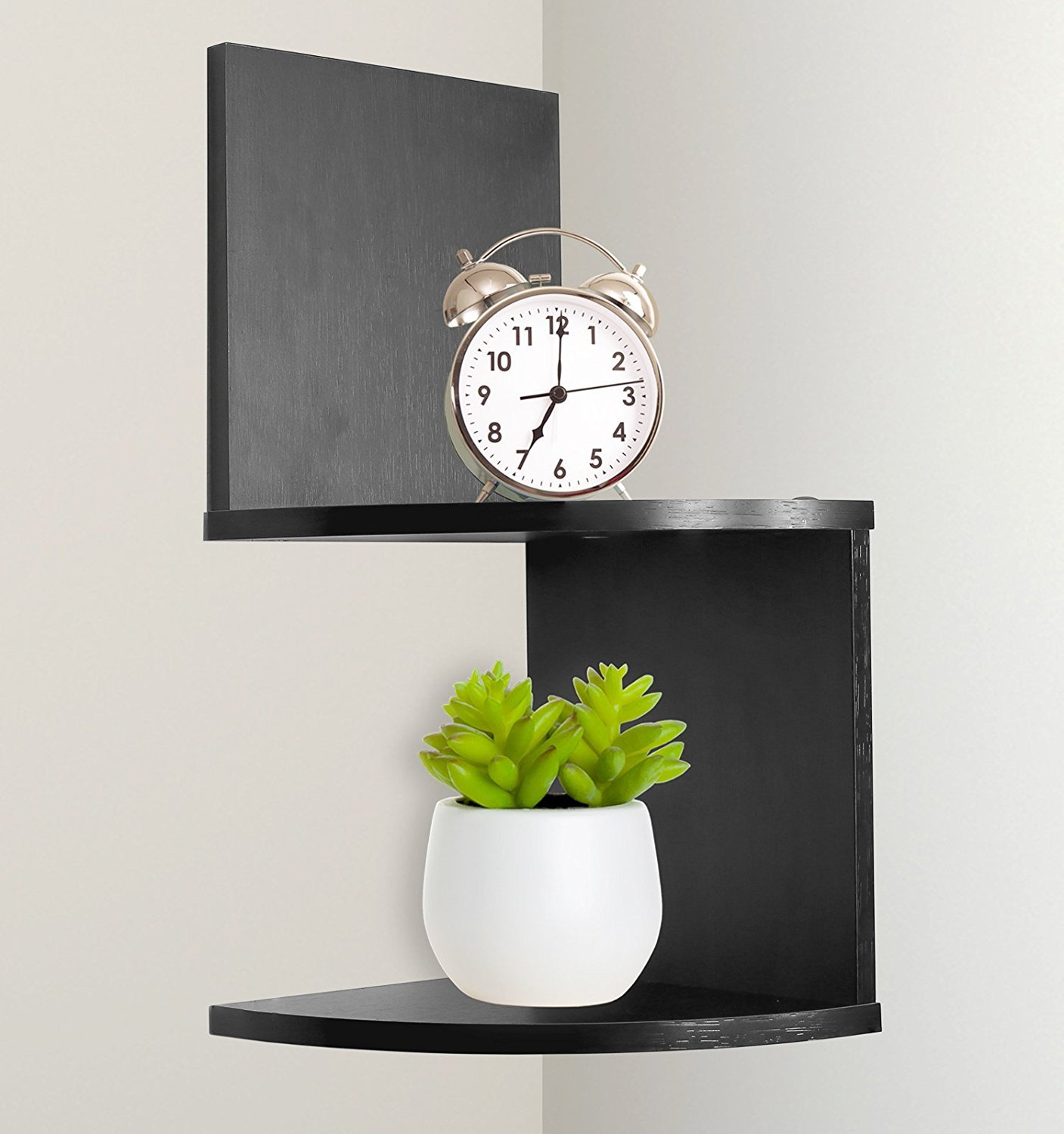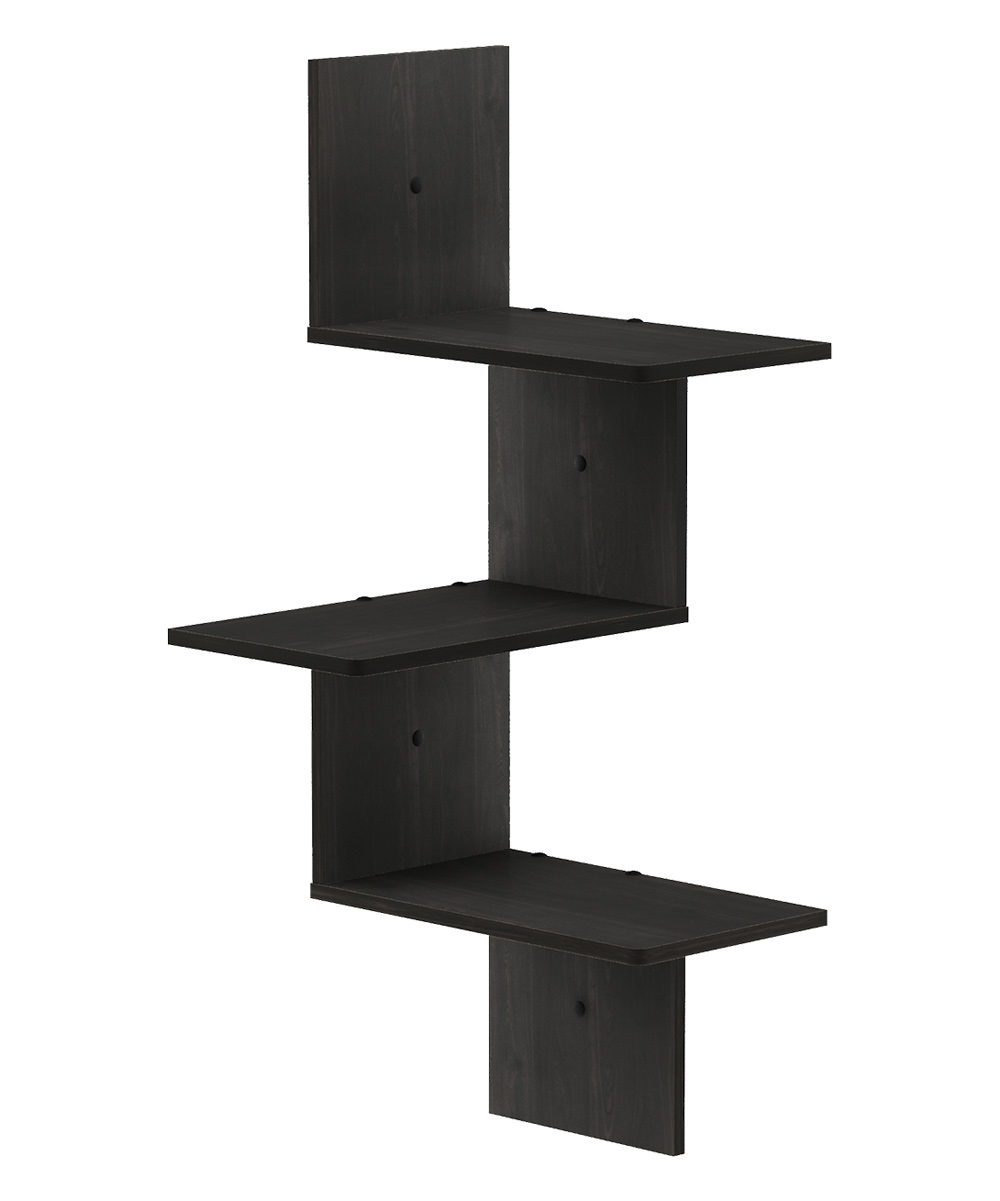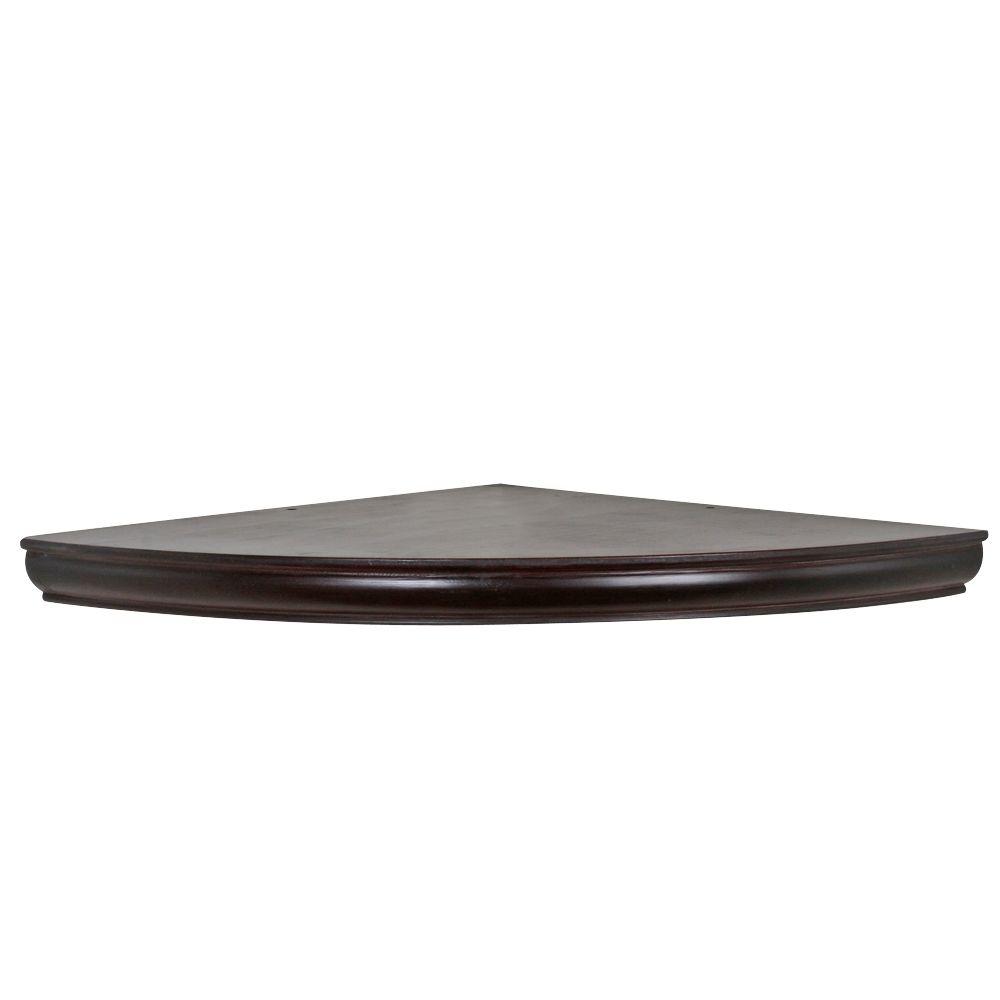A storage room space is commonly messy and messy when a good shelving system is not in place. Use your storage area properly and efficiently by setting up the best closet shelving feasible. Use this guide to wardrobe shelving fundamentals and also you'll make certain to obtain the most out of your closet area. Store all of your house accessories and décor with simplicity.
Nevertheless, in case you intend on adding a TELEVISION rack then you will need to ensure that the shelf is particularly developed to hold a television set and it need to additionally be durable enough to bear the heaviness of a television. These same principles also use when it concerns mounting a normal wall surface installed shelf. The weight of the things that are to put on the rack is a major aspect to aid you pick a specific kind of shelf. On top of that, you will also need to make sure that the shelf and also its supports have been attached safely to the wall surface.
There is something outright extravagant concerning glass racks, and when racks made from melted and brightened sand are tastefully presented right into a home or workplace the result is a lot more pronounced due to the integral visual value stood for by the existence of various kinds of glass. When metal and glass are merged together in the type of chrome and also glass flat panels, the impact can make the jaded observer step back a speed or 2 as outcome of the products' capacity to dominate the immediate room. The versatility as well as capability of glass makes it the ideal appointment for today's modern house or house.
A cable shelf is understood to be especially strong and once it has actually been appropriately placed on the wall you won't have much else to bother with. A shelf made from glass or plastic and even a floating shelf will certainly verify to be excellent for decorative functions in addition to for storage. As a matter of fact, cord shelving is extremely simple in addition to hassle-free and also when set up the shelf can verify to be really functional as you can suit numerous things into minimal areas.
